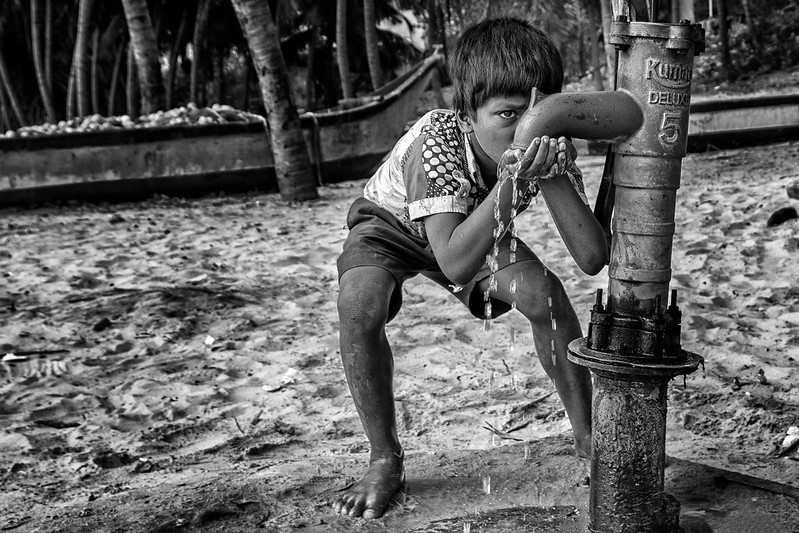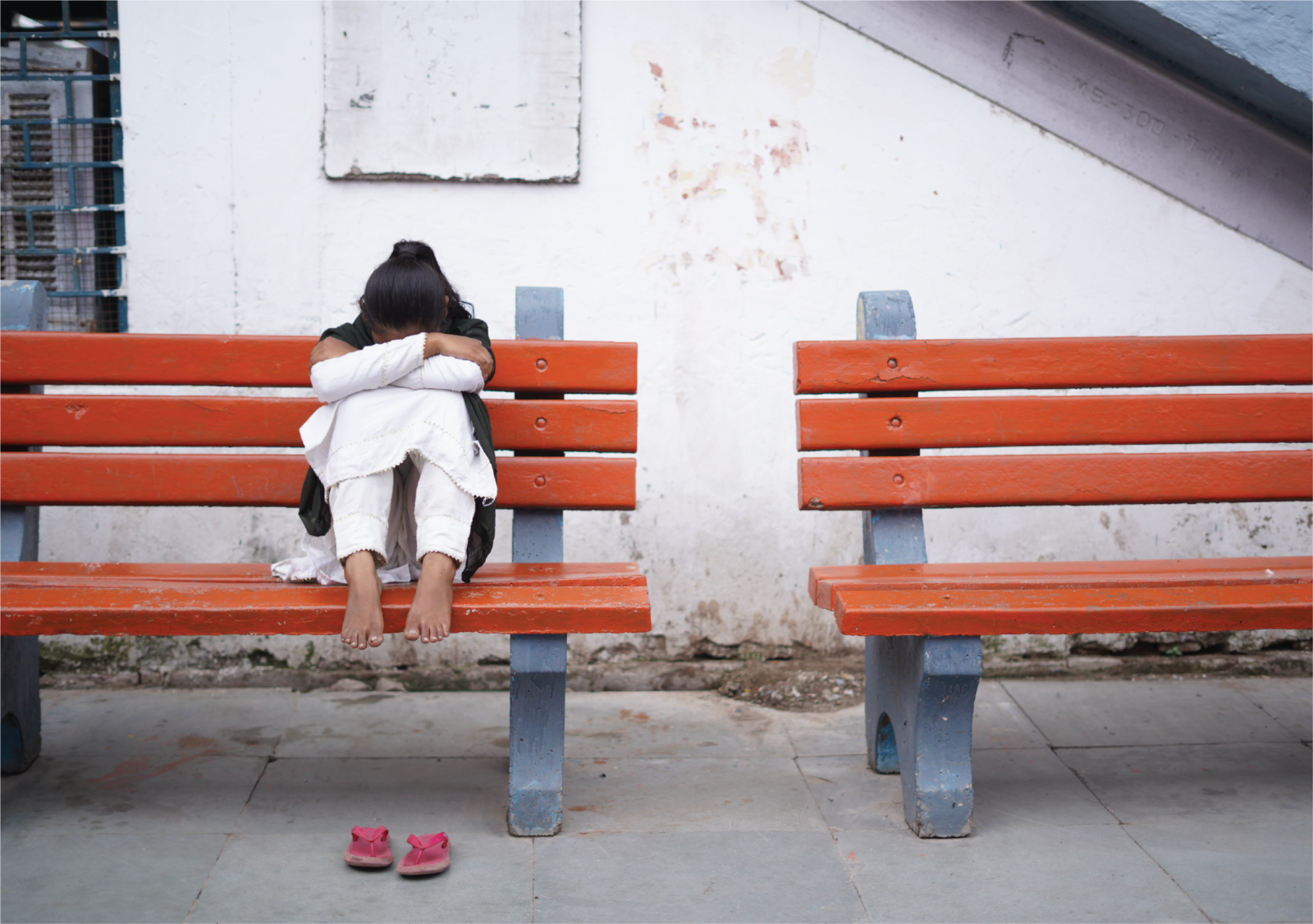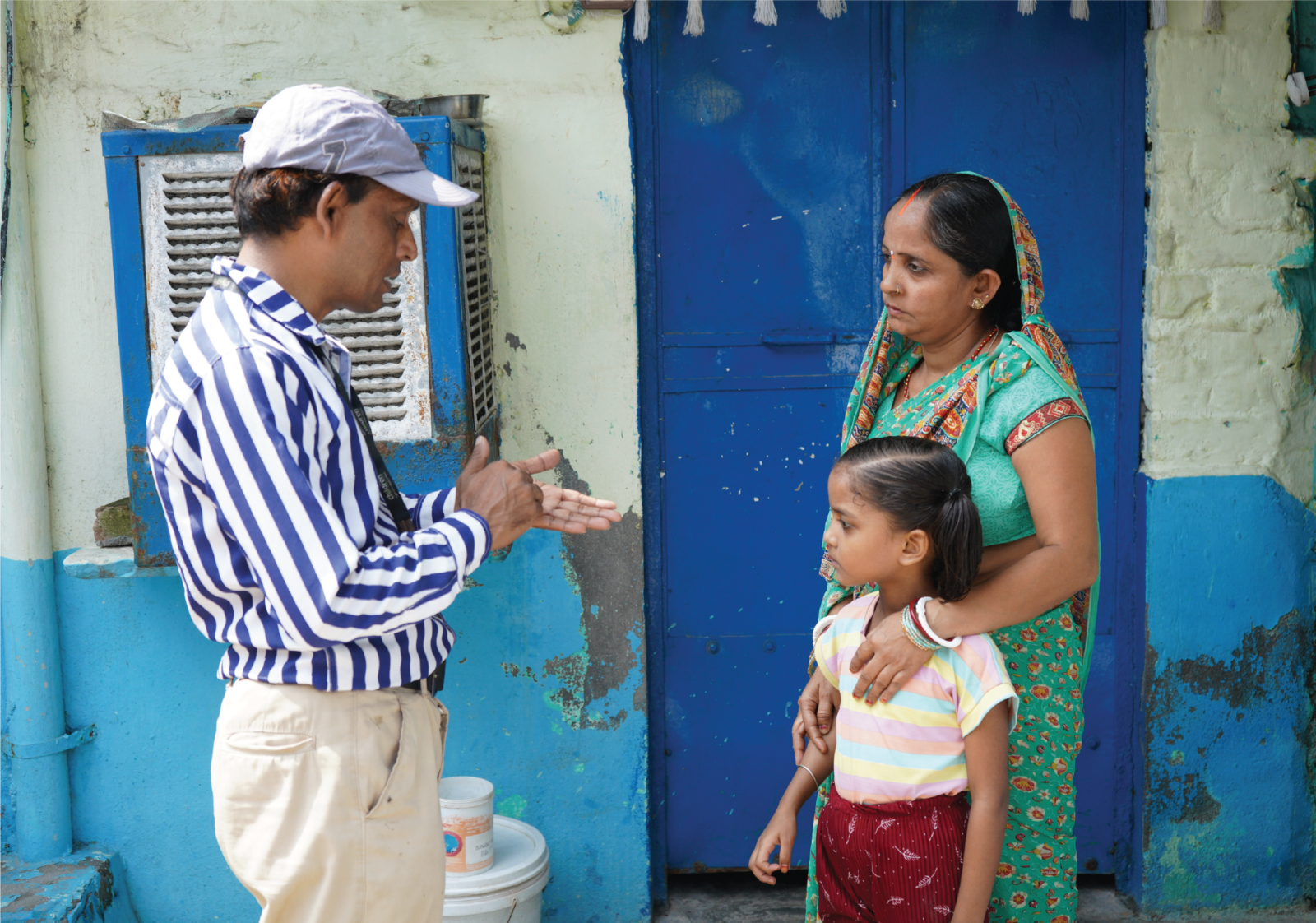Photo – Nithin Anand
Drip drip drip.
The mother-son duo had their eyes peeled and their ears to the ground
for this very sight and sound.
The rains had evaded them year after year.
Would it finally come to quench their thirst this time around?
22nd March 2023 will mark the 30th year of World Water Day. First observed in 1993, this day centers around the importance of access to clean water, advocacy of sustainable water management and solutions to curb the water crisis.
Despite the extended period of observing this day, and the United Nations concentrating its invaluable efforts towards this subject, a sea change remains to take place in water management across the globe.
We have witnessed the advent of state-of-the-art technology, mind-bending medical solutions and life-saving innovations in the past years; yet, it forces one to wonder how the most basic and humane need of safe water continues to be shrouded in uncertainty. Why even in this day and age do hundreds of children face the potential risk of diseases and infections due to the consumption of unsafe water? Why do girls have to drop out of schools because they are occupied in sourcing safe potable water for the family from miles away?
Some reasons that cause water disparity
With the population inhabiting the globe skyrocketing, there is a natural strain on the fresh water resources. Add to that, water systems, such as rivers, lakes and aquifers that support our ecosystem are becoming increasingly distressed due to pollution, agricultural consumption and climate change. Climate change also contributes to extreme weather events, with droughts, famines and flashfloods becoming a routine in most countries.
Who face the wrath of water disparity?
Underprivileged communities, women and children remain the worst-hit victims of water disparity.
Unclean water kills children
Contaminated water harbors a magnitude of diseases such as diarrhea, cholera, dysentery, typhoid and polio. The immune systems of infants and toddlers are underdeveloped making them especially susceptible to contract these diseases at a mere sip of such low-quality water. This is also the reason why diarrhea is the second leading cause of death among children under 5.
Water disparity keeps girls out of school
Globally, more than 1.42 billion people are exposed to extremely high water vulnerability, according to a new analysis released by UNICEF. Of these, 450 million are children, i.e., 1 in 5 children worldwide does not have enough water to meet their everyday needs.
When children lose access to safe, drinking water, they are forced to take responsibility of collecting every available drop for their family. It was only a few years ago when children from Mukundwadi, a distant hamlet in Maharashtra, were forced to devote time after their school hours to board a train to a nearby city only to fetch water for the family.
Sharing this burden with their mothers, girls are often more disadvantaged than boys in this subject. Compounding this effect is the unescapable choice of open defecation. Living in water-insecure communities forces hundreds of girls even today to miss schools during the days of their menstruation given the discomfort and general apathy around basic sanitation.
Robbing children of safe water is robbing our nation of economic prosperity
Access to toilets and clean drinking water will cause a proportionate increase in the number of girls continuing secondary and higher secondary education. It has been reported that even if 1% more girls in enroll in secondary schools, India’s GDP would rise more than $5 billion.
Investing in making safe water accessible to children is a step in the right direction not only for their future, but also for that of our country.







